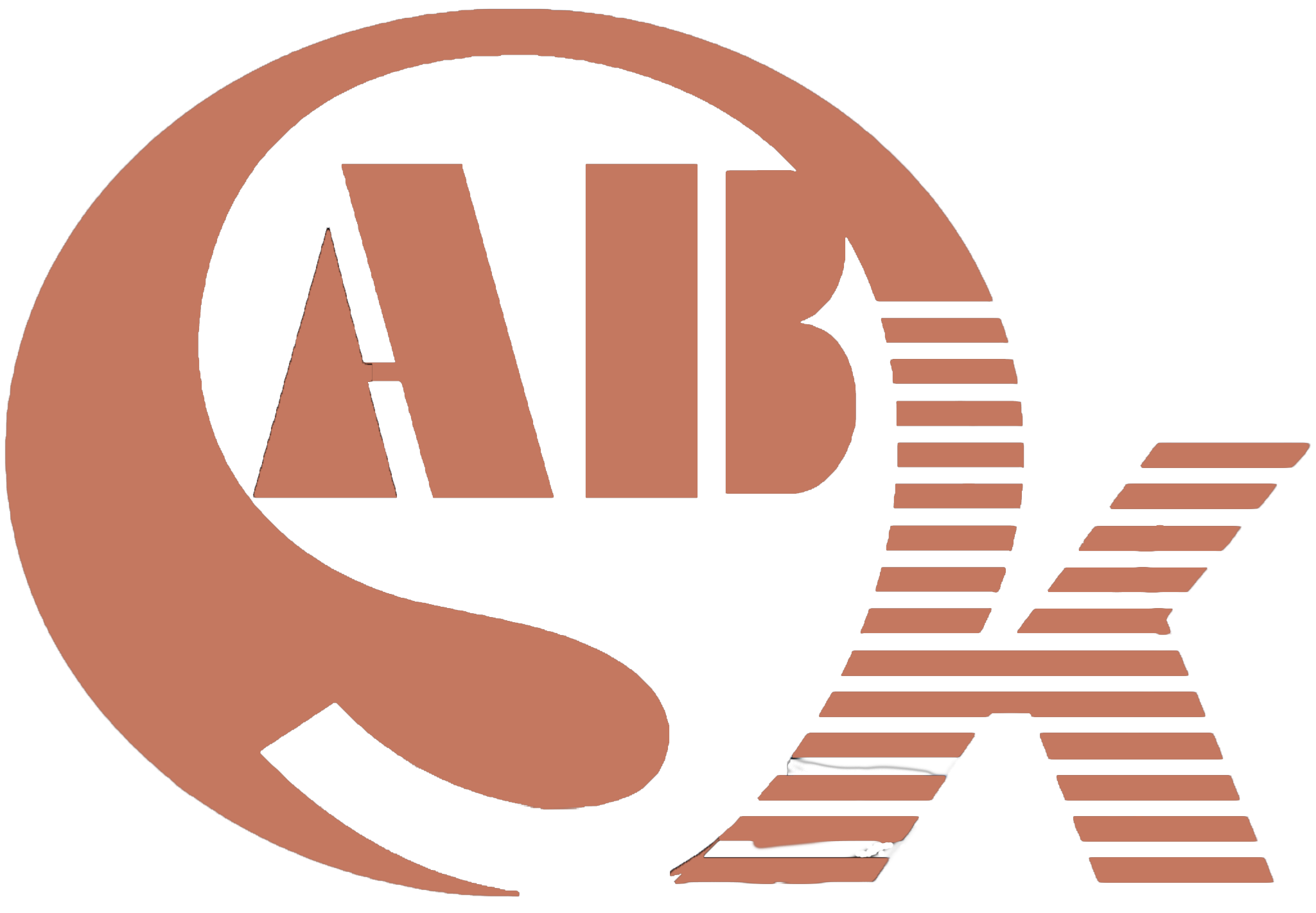Unlocking the Power of Welding Positioners: What They Do and How They Solve Your Welding Challenges
Welding, an essential component of modern manufacturing and construction, demands precision and efficiency. One crucial tool that often goes unnoticed but plays a significant role in achieving flawless welds is the welding positioner. In this article, we will dive deep into the world of welding positioners, exploring what they do, their importance in welding operations, and how they can solve the problems that welders often face. Whether you’re a professional welder or a curious enthusiast, this article will unravel the secrets of welding positioners and equip you with valuable insights to enhance your welding projects.
Understanding Welding Positioners
Welding positioners are specialized devices designed to hold and rotate workpieces during welding processes. Their primary purpose is to provide welders with better access to all angles of the workpiece, making it easier to create high-quality welds. These machines come in various sizes and configurations, catering to a wide range of welding applications. Now, let’s explore the essential functions and features of welding positioners.
Key Functionality
- Rotation: One of the fundamental functions of a welding positioner is the ability to rotate the workpiece. This rotation allows welders to access all sides of the object being welded, ensuring consistent and thorough welds. Whether it’s a complex joint or a long seam, the welding positioner’s rotation capability simplifies the welding process.
- Tilting: In addition to rotation, many welding positioners offer tilting capabilities. Tilting the workpiece at various angles is crucial for welding projects that require precise positioning. This feature allows welders to work comfortably and efficiently, reducing the risk of errors and improving weld quality.
- Control: Modern welding positioners are equipped with user-friendly controls, enabling welders to adjust rotation speed, tilt angles, and other parameters easily. This level of control enhances workflow efficiency and ensures that welders can adapt to the specific requirements of each project.
- Safety: Safety is paramount in welding operations, and welding positioners are designed with this in mind. They often come with safety features such as locking mechanisms to secure the workpiece in place and prevent accidents during rotation and tilting.
Solving Common Welding Challenges
Now that we’ve discussed the primary functions of welding positioners, let’s explore how these machines can solve some of the most common challenges welders encounter.
- Inaccessible Welding Angles: Welding intricate joints or hard-to-reach angles can be a daunting task without the right equipment. Welding positioners provide a 360-degree view of the workpiece, making it possible to access tight spaces and awkward angles with ease.
- Consistency and Quality: Achieving consistent and high-quality welds is a top priority for welders. Welding positioners ensure that the welding torch or electrode maintains a constant distance from the workpiece, resulting in uniform and durable welds.
- Reduced Fatigue: Welding often requires prolonged periods of concentration and physical effort. Using a welding positioner reduces the physical strain on welders by allowing them to work comfortably without contorting their bodies. This can significantly reduce fatigue and improve overall productivity.
- Increased Productivity: Time is money in the welding industry. Welding positioners speed up the welding process by eliminating the need for constant repositioning of the workpiece. This increased efficiency translates into higher productivity and reduced project completion times.
- Versatility: Welding positioners are versatile tools that can handle a wide range of workpiece sizes and shapes. This versatility means that welders can take on a variety of projects, from small, intricate components to large, heavy structures, without the need for multiple specialized tools.
Conclusion
In conclusion, welding positioners are indispensable tools in the world of welding. They offer a wide range of functionalities that solve common welding challenges, enhance weld quality, and improve overall productivity. Whether you’re working on a complex fabrication project or a simple repair job, a welding positioner can make a significant difference in your welding experience.
Incorporating a welding positioner into your welding arsenal is a wise investment that can lead to better welds, reduced fatigue, and increased efficiency. So, the next time you embark on a welding project, consider how a welding positioner can empower you to tackle challenges with confidence and precision.
By understanding what welding positioners do and how they can benefit your welding endeavors, you’ll be better equipped to take on a diverse range of projects, delivering top-notch results every time. Don’t let welding challenges hold you back; let a welding positioner be your trusted ally in the pursuit of welding excellence.
